Characteristics of Western White Spruce (Picea glauca)
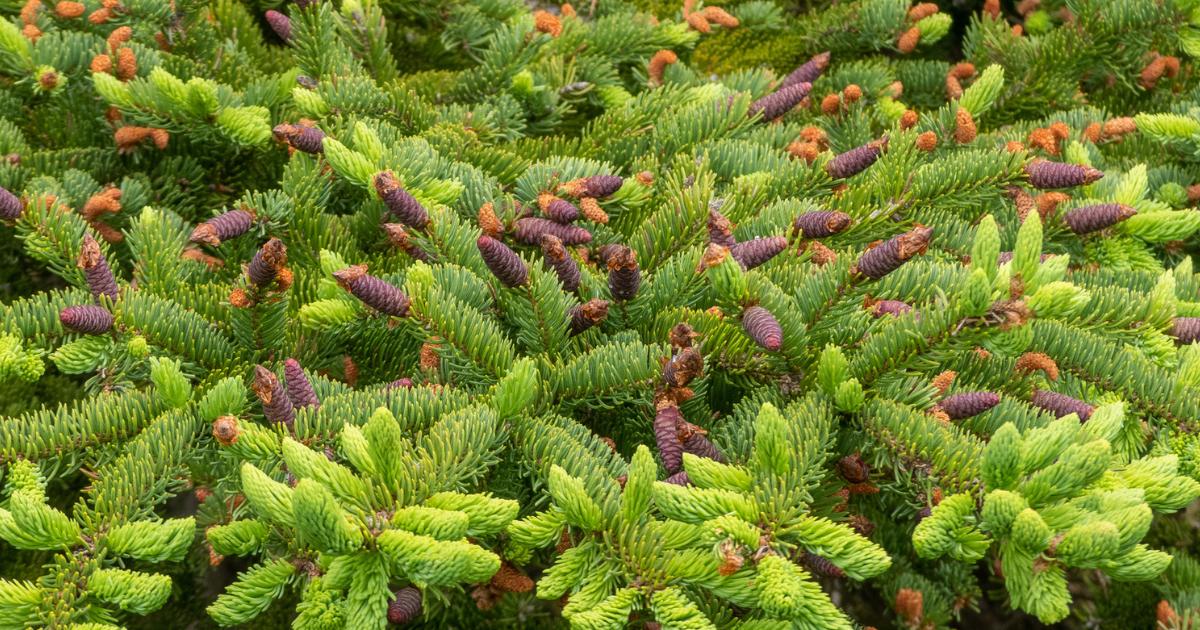
The Western white spruce or White spruce (Picea glauca) is a species of an evergreen tree native to the boreal and northern temperate forests of North America. The tree is originally native to central Alaska throughout the east, across southern and central Canada to the Avalon Peninsula in Newfoundland.
Today, the White spruce has naturalized south to northern United States border states such as Montana, Minnesota, Wisconsin, Michigan, Vermont, New Hampshire, and Maine, but there are also isolated populations in the Black Hills of South Dakota and Wyoming.
The white spruce is the northernmost tree species in North America, reaching just north of 69°N latitude in the Mackenzie River delta. The tree grows naturally at an altitude of 1,520 m above sea level.
White spruce is one of the hardiest conifers, it can withstand extreme temperatures of -70 °C.
Many cultivars of various sizes, colors, and shapes have been selected for use as ornamental trees and bonsai subjects (Picea glauca var. densata). Here are some that have earned the Royal Horticultural Society’s Award of Garden Merit.
- Picea glauca ‘Echiniformis’
- Picea glauca var. albertiana ‘Alberta Globe’
- Picea glauca var. albertiana ‘Conica’
Characteristics of Western White Spruce Leaves
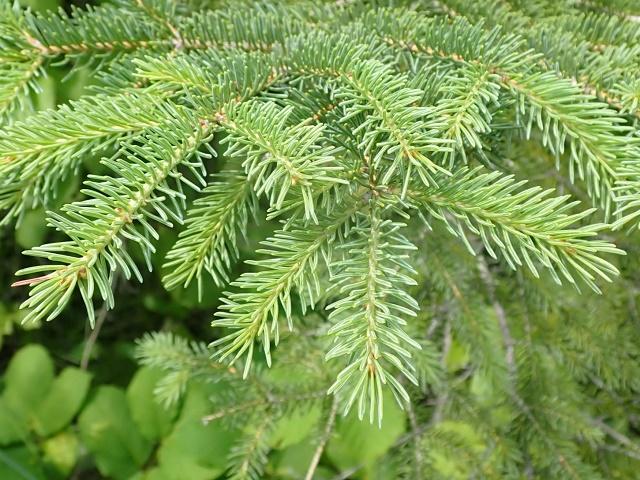
The leaves are needle-like, 12-20 mm long, glaucous blue-green above with a few thin stomata lines, and blue-white below with two broad bands of stomata.
Characteristics of Western White Spruce Fruit
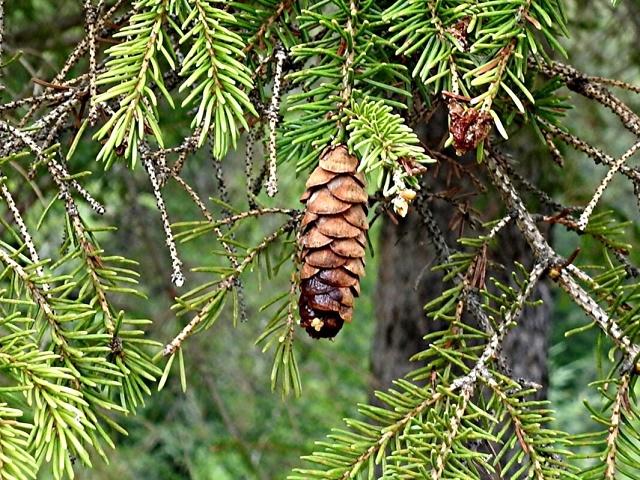
The cones are slender, cylindrical, 3-7 cm long and 1.5 cm wide. They have thin and flexible scales 15 mm long with smooth rounded margins.
Cones are green or reddish, maturing to pale brown 4-8 months after pollination. The seeds are black, 2-3 mm long, with pale brown wings 5-8 mm long.
Characteristics of Western White Spruce Tree

The Western white spruce can grow to a height of 30 meters in the wild, with a trunk diameter of up to 1 meter. The bark is thin, scaly, and peeling. The crown is conical on young trees, becoming cylindrical on older trees.
The age of the tree is quite long, one of which was found on the shores of Lake Urquhart, Northwest Territories is more than 300 years old.
WESTERN WHITE SPRUCE TREE BENEFITS
The Western white spruce is a tree of great economic importance in Canada because of its wood which is used in papermaking and construction.
Western white spruce wood is also exported to Japan, where it is known as “shin-kaya” and is used to make special boards as a substitute for the rare rich wood.
The western white spruce is a tree of the province of Manitoba and the state tree of South Dakota.
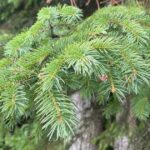

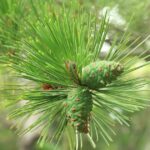


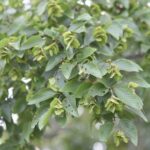
Leave a Reply